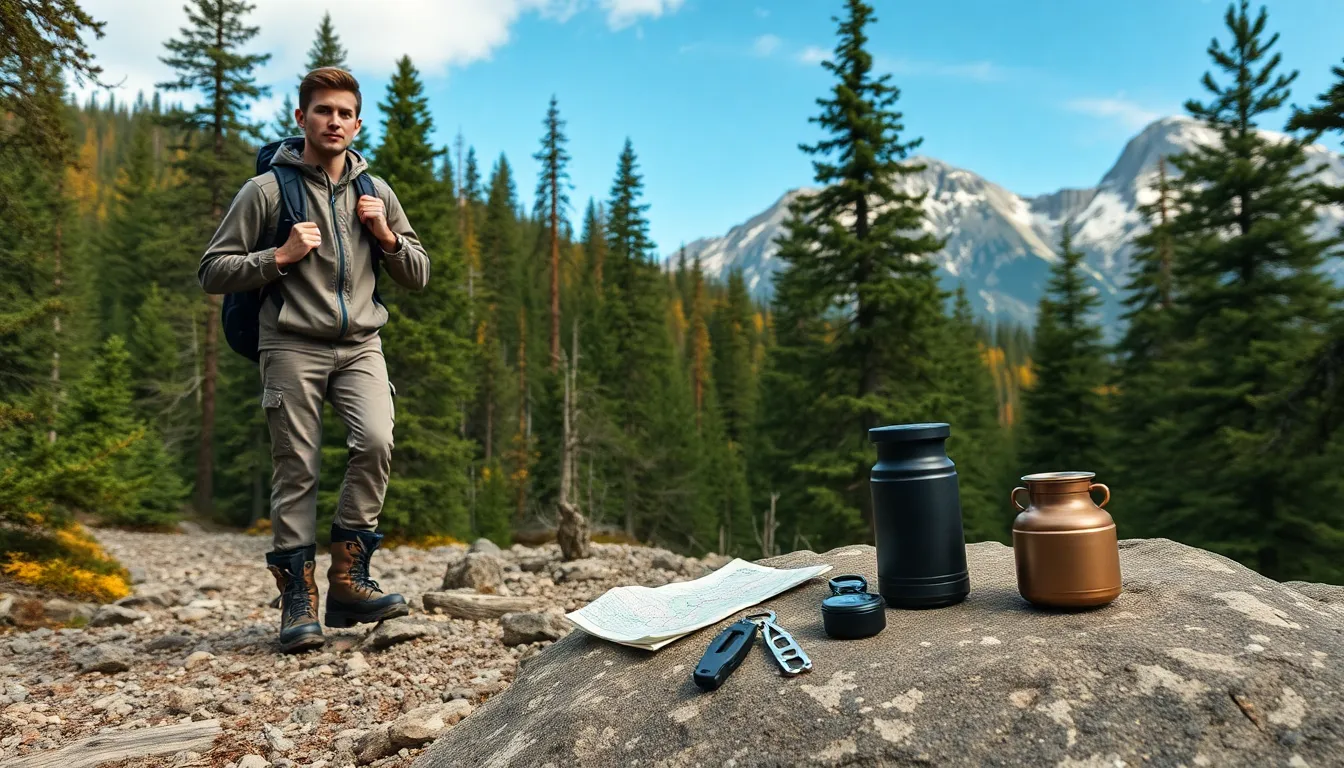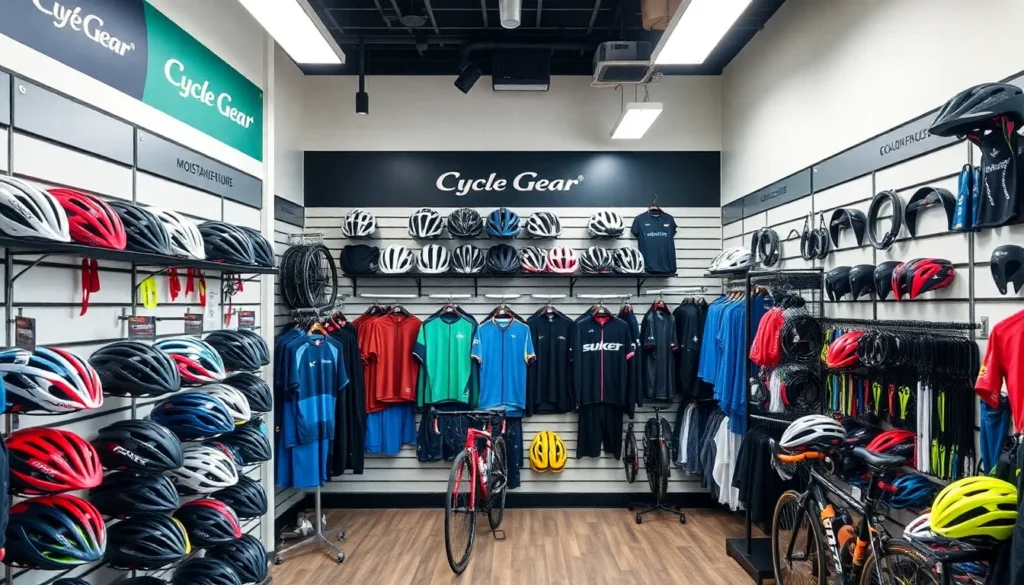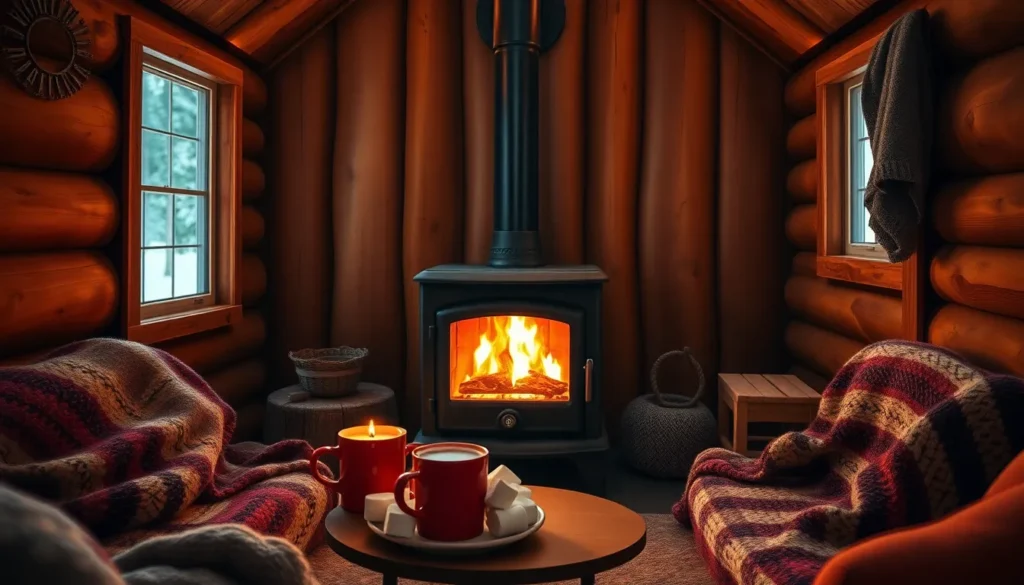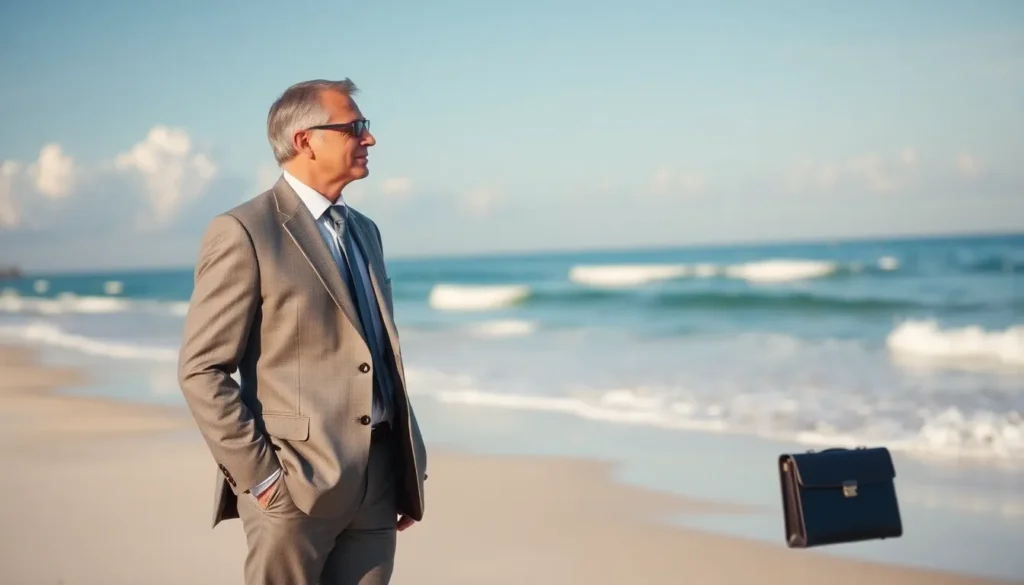Planning an adventure? Whether it’s a weekend camping trip or a week-long hiking expedition, having the right gear is crucial for a successful experience. A well-thought-out gear checklist not only ensures that nothing essential gets left behind but also helps in organizing equipment efficiently.
From clothing and cooking supplies to safety gear and navigation tools, each item plays a vital role in enhancing comfort and safety outdoors. With the right checklist in hand, adventurers can focus on enjoying their journey rather than worrying about forgotten essentials. Let’s dive into the ultimate gear checklist that will prepare anyone for their next great escape.
Table of Contents
ToggleImportance of a Gear Checklist
A gear checklist serves as a vital tool for outdoor enthusiasts. It minimizes the risk of forgetting essential items, significantly impacting safety and enjoyment. Comprehensive checklists enhance preparation, ensuring adventurers account for important elements like clothing, food, and equipment.
Checklists streamline organization, making packing and unpacking more efficient. They help identify gaps in gear, allowing for timely replacements or purchases. A well-structured list supports thorough planning and reduces last-minute hurdles.
Establishing a gear checklist also fosters confidence in the adventurer. Knowing that all necessary items are accounted for alleviates anxiety, enabling individuals to focus on the experience instead of what they might have overlooked. Ultimately, a gear checklist plays a crucial role in the success of outdoor excursions.
Essential Gear Items

A comprehensive gear checklist ensures that outdoor enthusiasts are well-prepared for their adventures. This section details the essential gear items needed for a successful and enjoyable experience.
Clothing and Footwear
- Weather-appropriate Clothing: Choose moisture-wicking base layers to keep dry, insulating mid-layers for warmth, and waterproof outer layers for protection against rain and wind.
- Durable Hiking Pants: Select breathable, lightweight hiking pants that offer comfort and durability on rugged terrain.
- Layering System: Employ a layering system to adapt to changing weather conditions easily while maintaining temperature regulation.
- Proper Footwear: Invest in high-quality, waterproof hiking boots or shoes that provide adequate support and traction on various surfaces.
- Accessories: Include cap, gloves, and thermal socks to combat temperature drops and protect extremities.
Tools and Equipment
- Multi-tool: Utilize a multi-tool for its versatility in handling various tasks, from repairs to food preparation.
- Cooking Equipment: Pack portable stoves, lightweight cook sets, and utensils for meal preparation, ensuring comfort in the wilderness.
- Navigation Tools: Carry a reliable map and compass, or GPS device, to ensure accurate navigation and avoid getting lost.
- Backpack: Use a sturdy, ergonomic backpack that distributes weight evenly and has enough capacity for carrying all gear items comfortably.
- Tent and Sleeping Gear: Choose a durable, weather-resistant tent, along with sleeping bags and mats, to ensure a night of quality rest outdoors.
Safety Gear
- First Aid Kit: Assemble a comprehensive first aid kit that includes bandages, antiseptics, and necessary medications for addressing minor injuries.
- Emergency Whistle: Carry a whistle as an essential signaling device for emergency situations, easily portable and highly effective for attracting attention.
- Headlamp or Flashlight: Equip with a reliable light source, such as a headlamp or flashlight, for nighttime navigation and emergencies.
- Fire Starter: Pack waterproof matches or a lighter and fire-starting tools to ensure reliable fire-building capability in adverse weather.
- Personal Locator Beacon (PLB): Incorporate a PLB for remote situations, providing a critical safety net in emergencies for immediate rescue.
Creating Your Own Gear Checklist
Creating a personalized gear checklist enhances preparation for outdoor adventures. It ensures essential items are included, tailored to specific needs and preferences.
Customizing for Different Activities
Customizing the gear checklist based on the activity type streamlines preparation. Hikers may prioritize lightweight hiking gear, while campers might focus on cooking supplies and shelter options. Specific items may include:
- Climbing enthusiasts: Harnesses, ropes, carabiners, and climbing shoes.
- Cyclists: Helmets, bike repair kits, and hydration packs.
- Kayakers: PFDs (personal flotation devices), wet bags, and paddles.
Adjusting the checklist for seasonality also matters. In winter, items like insulated jackets and snowshoes become essential, while in summer, sun protection and lightweight clothing take precedence.
Organizing by Category
Organizing gear by category enhances efficiency during packing and preparation. Grouping items allows for easier access and visibility. Common categories to consider include:
- Clothing: Base layers, insulation layers, outer layers, and footwear.
- Cooking Supplies: Stoves, fuel, pots, pans, utensils, and food containers.
- Safety Gear: First aid kits, navigation tools, and emergency equipment.
- Camping Gear: Tents, sleeping bags, sleeping pads, and camp furniture.
Using this organized approach minimizes oversight and ensures every adventure is equipped with necessary gear for safety and enjoyment.
Tips for Using a Gear Checklist
Using a gear checklist enhances preparation and ensures outdoor enthusiasts remain organized throughout their adventures. Following these tips can improve the effectiveness of a checklist.
Pre-Trip Preparation
Prior to any adventure, review the checklist in detail. Cross-reference gear requirements with the planned activity type, such as hiking or camping, to ensure all necessary items are included. Pack items in advance to avoid last-minute stress. Lay gear out in categories—clothing, cooking supplies, safety items, and navigation tools—to streamline the packing process. Always test gear before the trip. For example, ensure a tent or stove functions properly to prevent issues during the adventure. Additionally, check for expiration dates on essentials in the first aid kit or food items. Document any missing gear well in advance to allow time for replacements or purchases.
Post-Trip Evaluation
After returning from an adventure, evaluate the gear checklist for improvements. Assess which items were used and which were unnecessary. Analyze any gear that failed to perform as expected; this includes checking for damages or wear. Take notes on categories that may require additional items for future trips. Update the checklist accordingly to reflect lessons learned. A thorough evaluation ensures preparedness for the next adventure, making adjustments based on personal experiences and physical outcomes. Regular updates foster an efficient and reliable gear list, optimizing future adventures and ensuring safety.
A well-crafted gear checklist is essential for anyone venturing into the outdoors. It not only ensures that all necessary items are packed but also enhances overall safety and enjoyment. By organizing gear effectively and customizing the checklist to fit specific activities and conditions, adventurers can minimize stress and focus on the journey ahead.
Regularly evaluating and updating the checklist based on experiences helps maintain readiness for future outings. This proactive approach fosters confidence and peace of mind, allowing outdoor enthusiasts to truly immerse themselves in nature. With the right preparation and gear in hand, every adventure can become a memorable experience.









